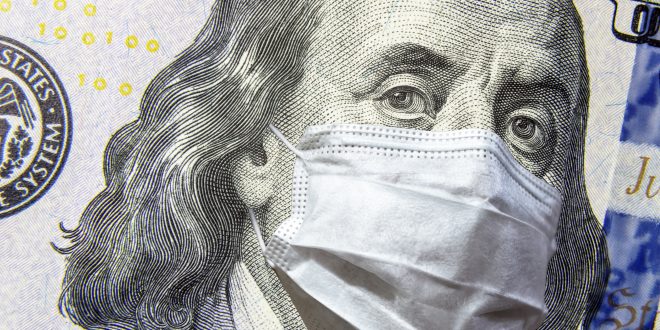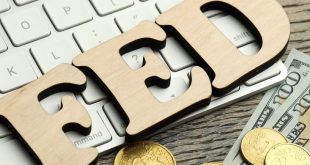Boston Fed President Eric Rosengren was the latest Fed official to support the U.S. Federal Reserve Bank beginning the tapering process of the current massive asset purchases in the next federal open market committee (FOMC) meeting, which takes place in September.
He thinks it is appropriate to start in the fall, around October or November.
“We have had two months in a row where we have created more than 900,000 jobs and the unemployment rate dropped by 0.5% to 5.4%. If we get another strong labor market report, I think that I would be supportive of announcing in September that we are ready to start the taper program,” he told CNBC on Monday.
He acknowledged that the criteria for starting to raise rates are that the Federal Reserve sees outcomes that are consistent with sustainable inflation at a little bit above 2% and full employment.
Accordingly, he believes a quicker drop in unemployment and wage increases keeping inflation above 2% would be a reason to start thinking about raising rates more quickly, but he is not expecting that.
He does not think raising interest rates now is the right move before the labor market strengthens.
Recently, Kansas City Fed President Esther George and Dallas Fed President Robert Kaplan supported ending the bond-buying program.
“With the recovery underway, a transition from extraordinary monetary policy accommodation to more neutral settings must follow,” said George in a speech to the National Association for Business Economics.
Rosengren’s latest comments echoed those by Kaplan recently, as the latter said that a decision on tapering is needed in the next Federal Open Market Committee (FOMC) meeting in September to come into effect in October.
“It would be my view that if the economy unfolds between now and our September meeting. If it unfolds the way I expect, I would be in favor of announcing a plan at the September meeting and beginning tapering in October.”
Many Fed officials estimated that the economic conditions might be suitable for a policy change soon, with the achieved substantial further progress, but none saw that as early as October.
“The reason I’m saying we ought to begin the tapering soon is I think these purchases are very well equipped to stimulate demand. But we don’t have a demand problem in the economy.”
“My thought is I’d rather take the foot off the accelerator soon and reduce the RPMs.”
“What I don’t want to do is keeping running at this speed for too long and then we’re going to have to take more aggressive action down the road.”
Last week, President of the Federal Reserve Bank of Atlanta Raphael Bostic said that the Fed should begin tapering the massive asset purchases following two consecutive months of strong job creation. He believes moving from the current accommodative stance to a more normal policy should be faster than previously thought.
On the other hand, Fed Governor Christopher Waller said that economic recovery is progressing with the labor market showing improvement signs, which could lead to scaling back the accommodative monetary policy soon.
But President of the Federal Reserve Bank of St. Louis, James Bullard, believes the Fed should take a decision about tapering the massive asset purchases in September and begin the process during the first quarter of next year.
Bullard believes that monetary policymakers need to consider the possibility that inflation is more persistent than expected, disagreeing with the view reiterated by Fed Chair Jerome Powell that the surge in consumer prices is due to transitory factors, and acknowledging that the current policy is very dovish.
“We should go ahead and get the taper going, get it behind us, so we would have some optionality to handle the possibility, maybe not even the likelihood, the possibility that inflation is more persistent and higher than we’d like.”
“I would say that is a risky strategy to wait that long, you might have inflation running at an even higher level than you do today. I think you would get behind the curve. To me, that is not the right risk management”
“You would have to raise the policy rate substantially to put downward pressure on inflation. That is the sense in which I think we are out of position.”
“They’ve been expecting it, and they don’t really think asset purchases are that effective in this environment.”
“Inflation is going to moderate, but we don’t know how much it’s going to moderate, and if it doesn’t moderate then we’re going to have to gently bring inflation back down to 2%.”
At its latest meeting, the Fed has decided to maintain interest rates unchanged at a range between 0% and 0.25%.
The Fed will also continue to increase its holdings of Treasury securities by $80 billion per month and mortgage-backed securities by $40 billion per month, a total of $120 billion a month, but could soon begin cutting mortgage-backed securities purchases before it begins scaling back Treasury and at a relatively faster pace, according to the Fed Chair Jerome Powell.
 Noor Trends News, Technical Analysis, Educational Tools and Recommendations
Noor Trends News, Technical Analysis, Educational Tools and Recommendations





